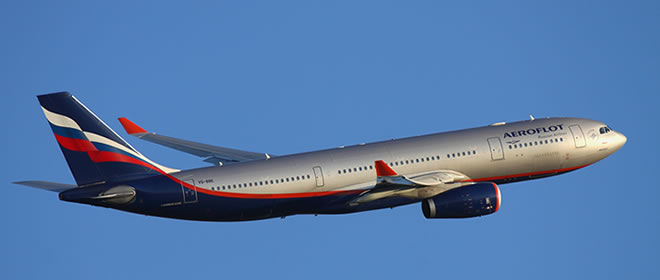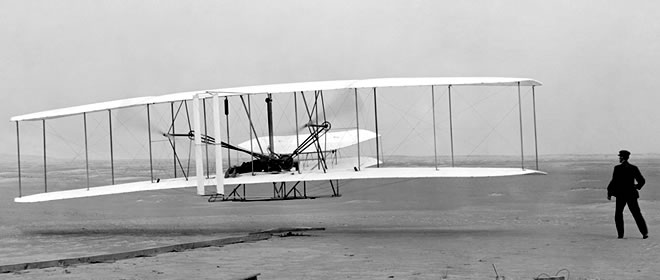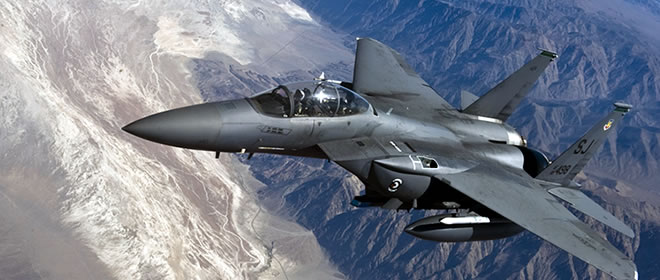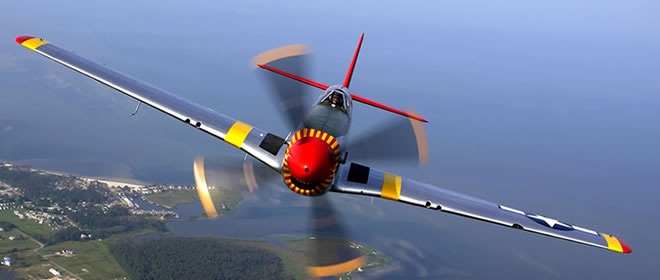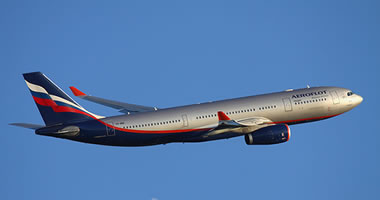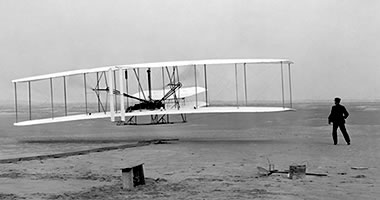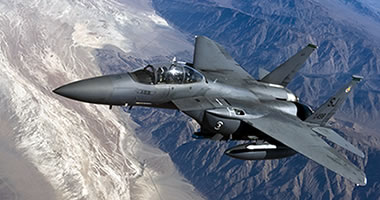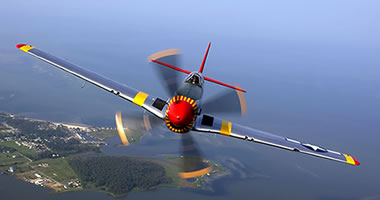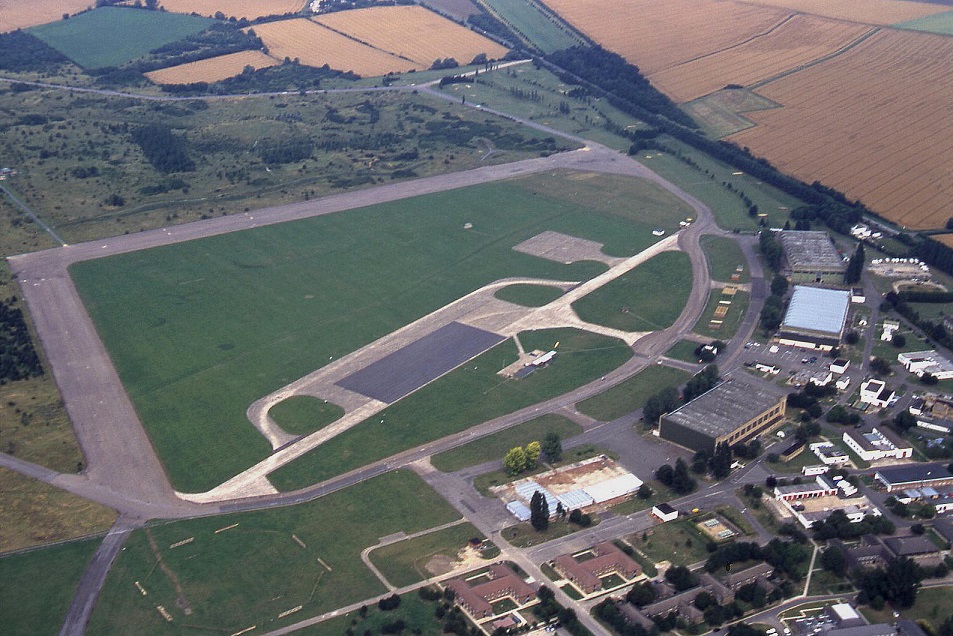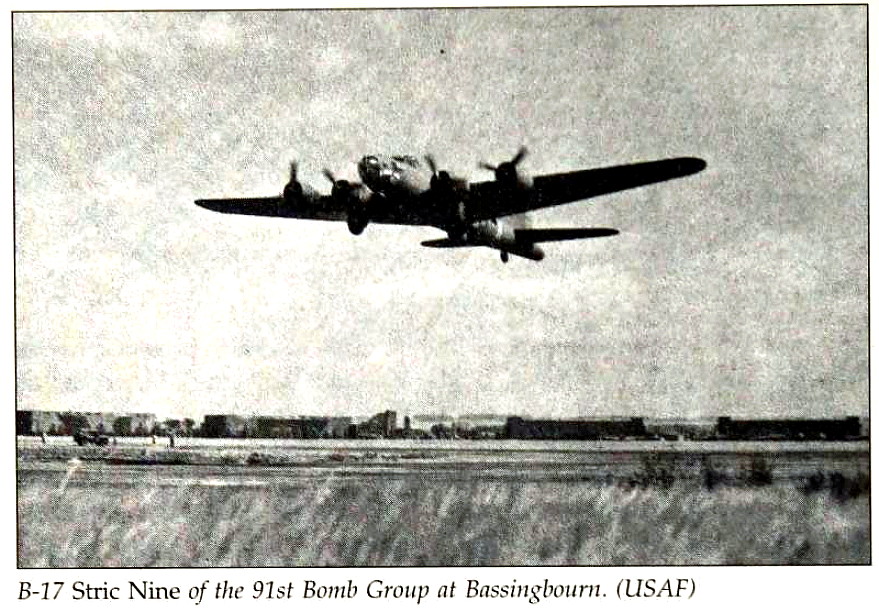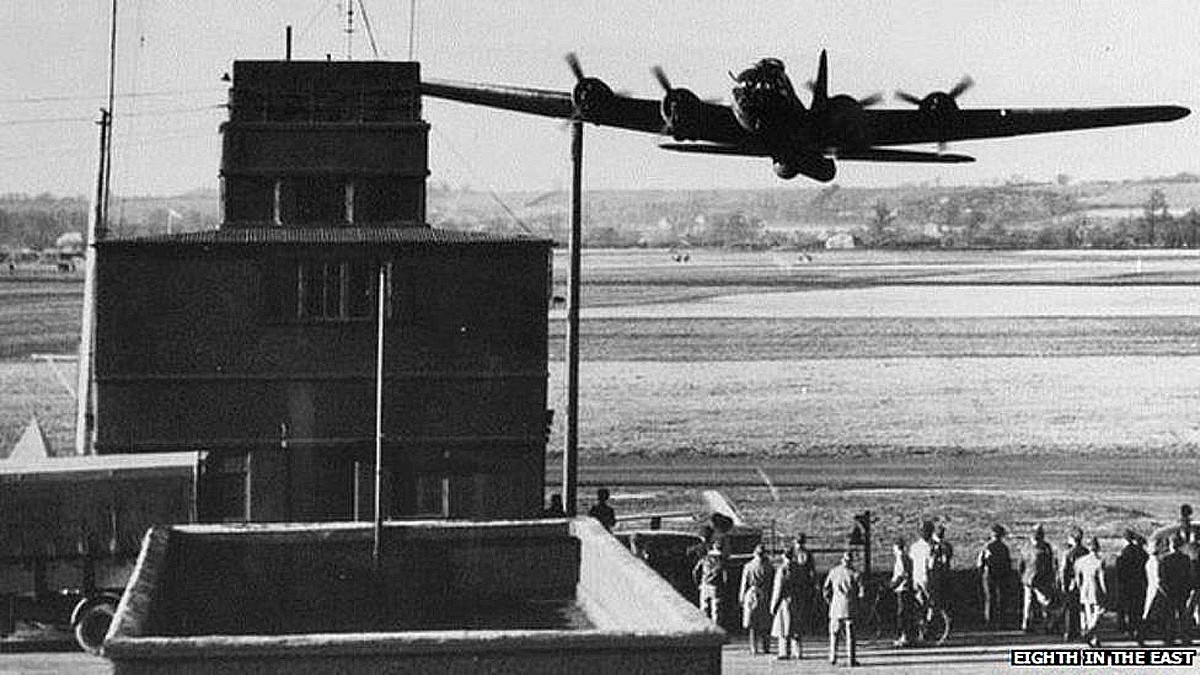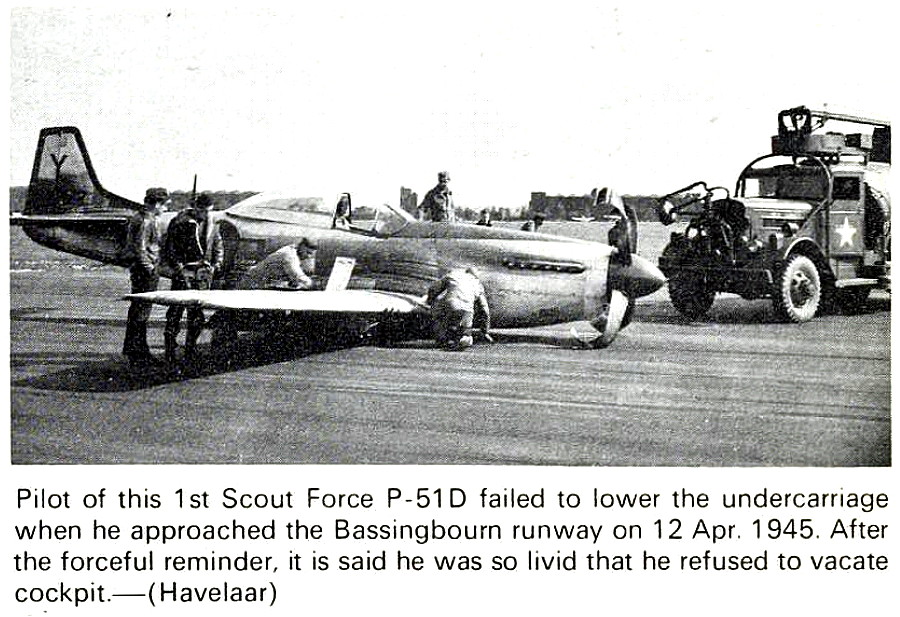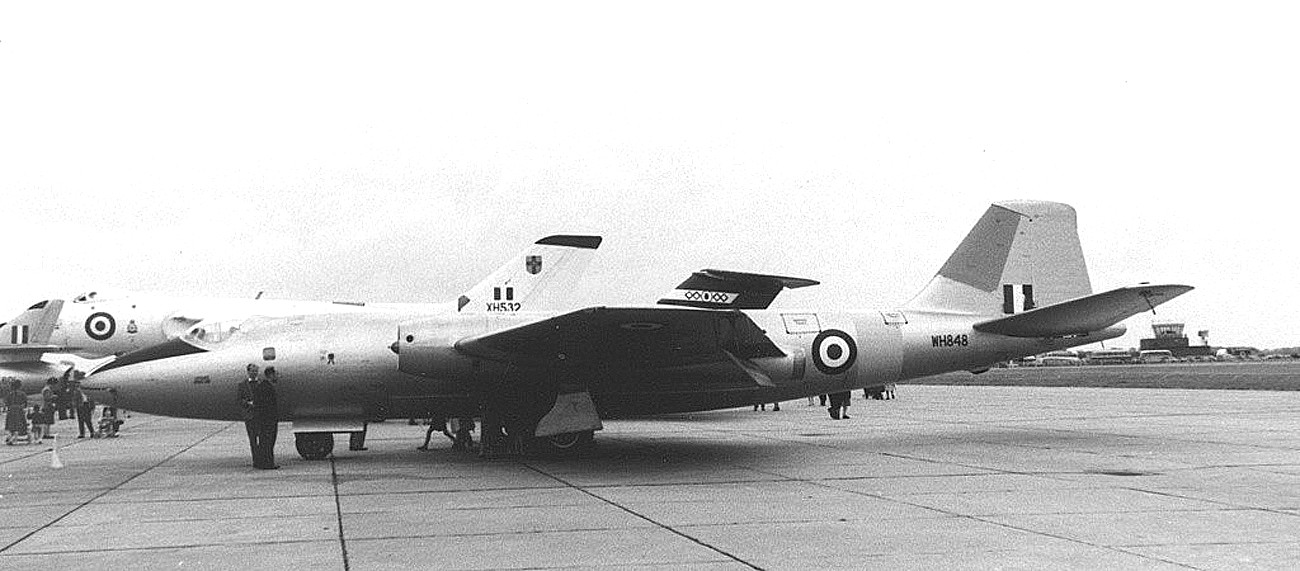Bassingbourn
BASSINGBOURN: Military aerodrome
Note: Pictures by the author.
Military users: 1938: 62 & 82 Sqdns (Blenheims)
WW2: RAF 35 Sqdn (Avro Ansons, Fairey Battles & Bristol Blenheims)
104 Sqdn (Avro Anson & Bristol Blenheim 1)
108 Sqdns (Blenheims)
215 Sqdn (Vickers Wellingtons)
10 OTU (Wellingtons)
8th USAAF 1st Bombardment Wing 17th 91st & 94th Bomb Groups
322nd , 323rd , 324th & 401st Sqdns (Boeing B.17 Flying Fortress)
857 Bomb Sqdn (Consolidated B.24 Liberators, later B.17 Flying Fortress)
1st Scouting Force
Post 1945: RAF Transport Command
102 Sqdn (Consolidated Liberators)
231 & 232 OCU (English Electric Canberras)
Location: W of A1198, 1nm N of Bassingbourn, 3nm NNW of Royston
Period of operation: 1938 to today? After closing as a major aerodrome in ….? Part of the old runway, presumably 07/25, was retained for use by Army Air Corps fixed wing aircraft.
Runways: WW2: 07/25 1828x46 hard 12/30 1280x46 hard
17/35 1280x46 hard
NOTES: Venue (date?) for the Royal International Air Tattoo
A MICHAEL T HOLDER GALLERY
We have Mike Holder, a great friend of this 'Guide', to thank for researching this aerodrome and providing the following pictures, maps and other items. The periods covered can be roughly divided into three sections: The initial RAF occupation here featuring Vickers Wellingtons, the USAAF era with the B-17 Fortress, and after WW2 back to RAF control when English Electric Canberras ruled the roost. I must admit that when flying out of nearby TOP FARM and regularly flying over or near to BASSINGBOURN from 1992 to 2002 I had no idea about this history.
SECTION ONE
The second picture of a Wellington is from War Torn Skies by Julian Evan-Hart.
SECTION TWO
Picture One is from The Mighty Eighth by Roger A Freeman.
Picture Two: B-17 taking off early morning, date unknown? Picture Three: An aerial view taken from a Boeing B-17 Fortress.
Picture Five: What a snap! B-17 flying past the control tower. Picture Seven is also from The Mighty Eighth.
Picture Eight is of 'Wee Willie' going down. When the USAAF arrived in the UK I do not know how it was decided that the USAAF would, by and large, attack by day and the RAF by night. The USAAF were given airfields with generally much better weather conditions, and I have yet to find a comparison between the losses suffered regarding these two regimes.
Picture Nine: When the long build-up to D-Day was being arranged, (imagine being in charge of that!), the totally inadequate roads in England were chock-a-block. Progress usually being much slower than in the horse-and-cart days of yesteryear. So, light communications aircraft, (both USAAF and RAF), were employed both to transport documents, orders and maps etc, plus senior people quickly between all the various command centres.
TO ROUND OFF THIS SECTION
Two aspects, very diverse of military aviation, and of course in the first example, certainly not confined to the military - quite the opposite over the years as civil aviation far exceeeds these things occuring. There was as a saying years ago in GA, (General Aviation), for pilots flying with a retractable undercarriage, that there are are those who have landed with the gear up, and those that will.
A North American P-51D Mustang which landed with its undercarriage up in April 1945. Picture Elen is of the hand-over ceremony from the USAAF back to the RAF in 1945. It has of course always been a tradition in the military, for the top brass, given any excuse, to arrange a ceremony full of bullshine.
SOME MAPS AND VIEWS
SECTION THREE: The English Electric Canberra era
I have no idea which of these may have been based here, or just visiting.
AND FINALLY BUT BY NO MEANS LEAST
Mike Holder has very kindly provided us with excerpts for BASSINGBOURN from Action Stations Revisited by Michael J F Bowyer
The local area and area views are from my Google Earth © derived database.
There are of course a variety of other ways today to obtain more information about this aerodrome, later Army base, not least on the inter-web. As always more information and advice in very welcome and pictures much appreciated.
THE VICKERS WELLINGTON
The Vickers Wellington bomber is, it seems fair to say, largely ignored today. Indeed youngsters might be forgiven for believing that the RAF only had Lancasters! In fact the ‘Wimpey’ served throughout WW2 and some 11,461 were built, the last being delivered on the 13th October 1945. A quite remarkable achievement for a type which was pretty much obsolete as a RAF front-line bomber in 1941 and which first flew on the 15th June 1936, entering service in 1938. It was however a very versatile design which could be adapted for a variety of roles. Indeed, towards the end of WW2 some Wellingtons were equipped with radar and served as, what we’d call today, Airborne Early Warning and Control or AWACs.
JUST A YEAR OR SO
I suppose this is a suitable juncture to make the point that in WW2 very few USAAF bases in the UK were actually operational for much more than a year. It seems incredible doesn’t it? There were built, (largely with a combination of US engineers and probably augmented with Irish labour?), dozens of airfields equipped with what amounts to nigh on townships to house about 3000 of their military people and aircraft.
I think the history of that magnificent achievement rates equally with the war in the air, doesn’t it? When I started out on this project around a quarter of a century ago, it seemed that this USAAF air base was only operational for a few weeks! It wasn't of course as I later learnt but, in producing a 'Guide' I can of course, mostly, only rely on published information. And that of course can, in some cases, be both misleading and even incorrect.
THE BRITISH ARMY TAKE OVER
At some point Bassingbourn was taken over by the British Army and they still used this site in the early 2000s. Perhaps they still do? However, it would appear that at least part of runway 07/25 was still in usuable condition, (2003), and may in fact still very occasionally be used. There is a rumour that some form of limited GA activity may even be permitted in future years.
Beau Brandt
This comment was written on: 2018-01-11 22:30:28My uncle was station here with the 1st Scouting Force at the end of the war, so you can take the "?" off of the cbove statement (LOL). I am looking for any history or pictures of mustangs at Bassingborn. Thanks for posting these pictures.
Reply from Dick Flute:
Hi Beau, I shall keep this request posted. Best regards, Dick
buck
This comment was written on: 2018-09-07 17:49:08Transferred to 8th U.S.A.A.F. Command 10/42. 14/10/1942 to 06/1945, 322nd, 323rd, 324th and 401st Bomb Squadrons of the 91st Bombardment Group, that's longer than a few weeks, airfield closed 1969, army took over Jan 1970, closed Aug 2012, June 2014, the barracks reopened to train Libyan troops but closed again soon after,it will reopen in 2019 as a military base, the last airshow there was May 1978 where a number of aircrafts landed
P.J.Ockwell
This comment was written on: 2019-05-25 19:09:23l did my army training there in 1970 Qeens Div great place
We'd love to hear from you, so please scroll down to leave a comment!
Leave a comment ...
Copyright (c) UK Airfield Guide

